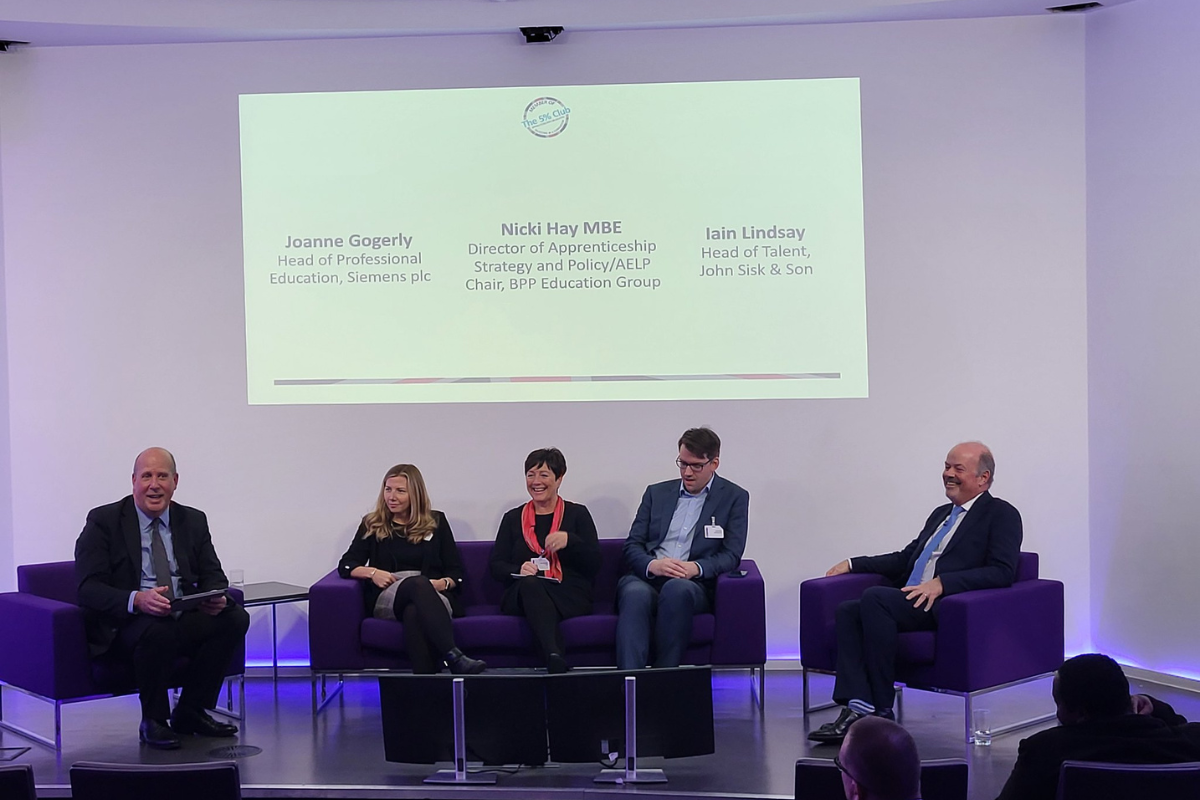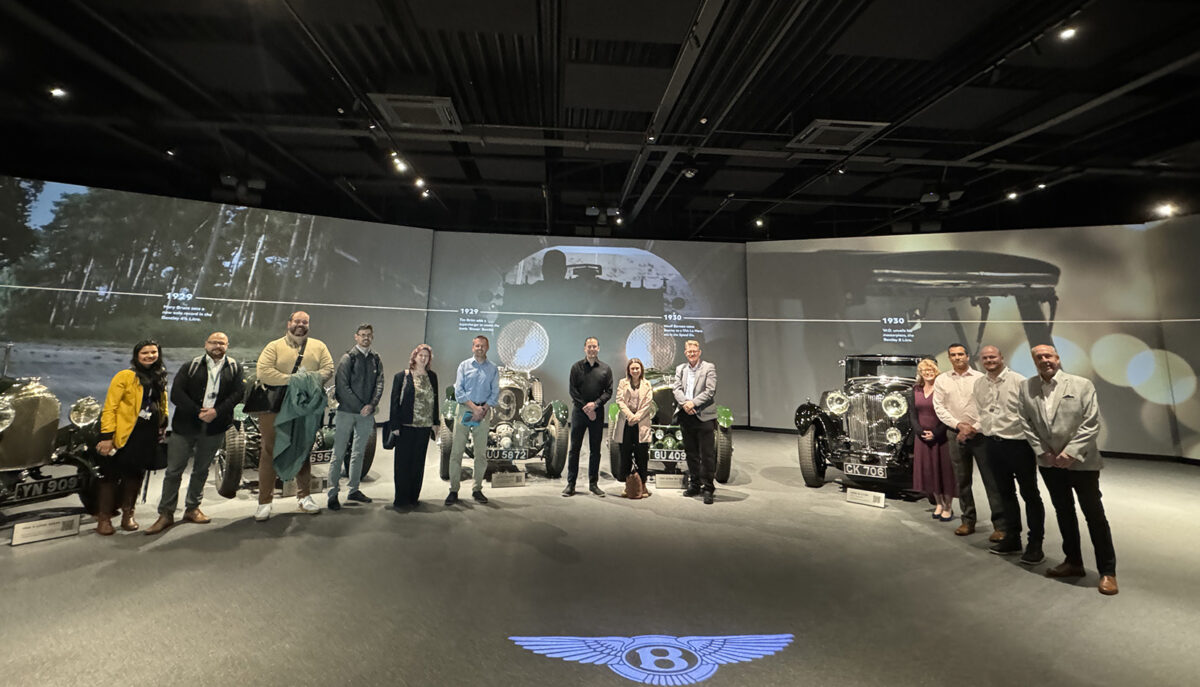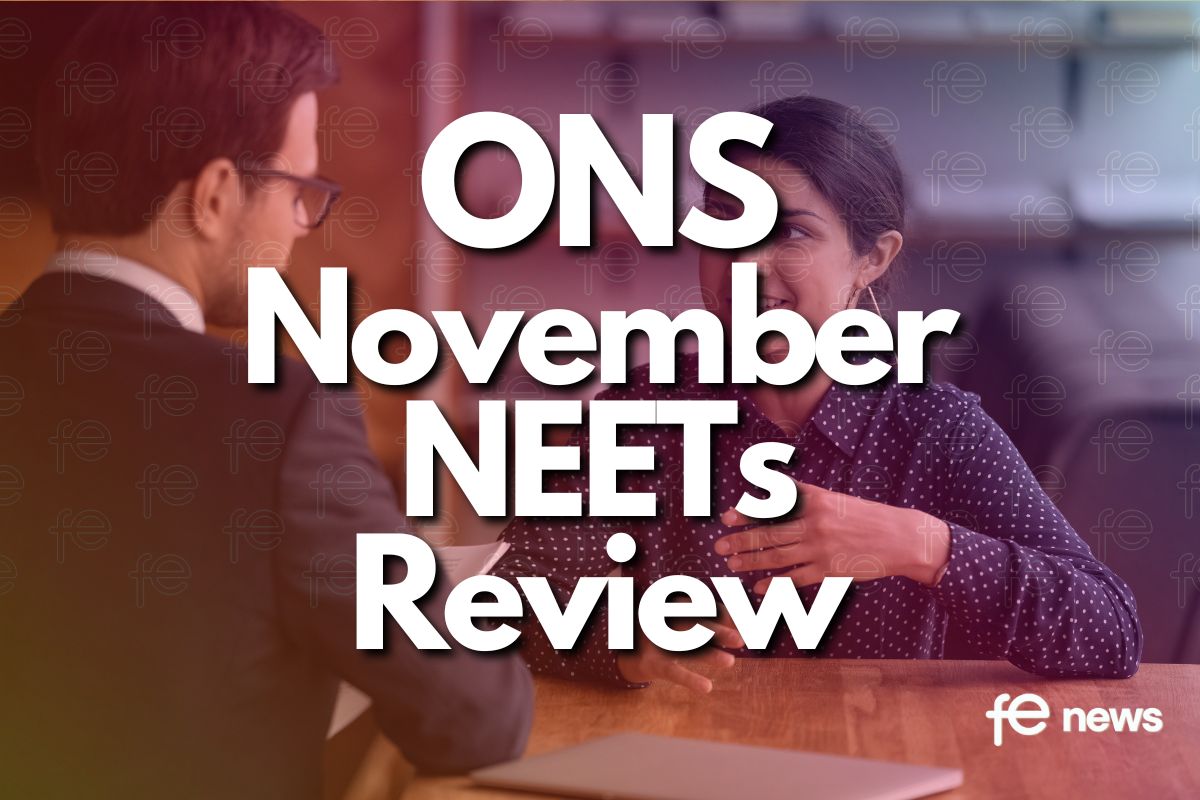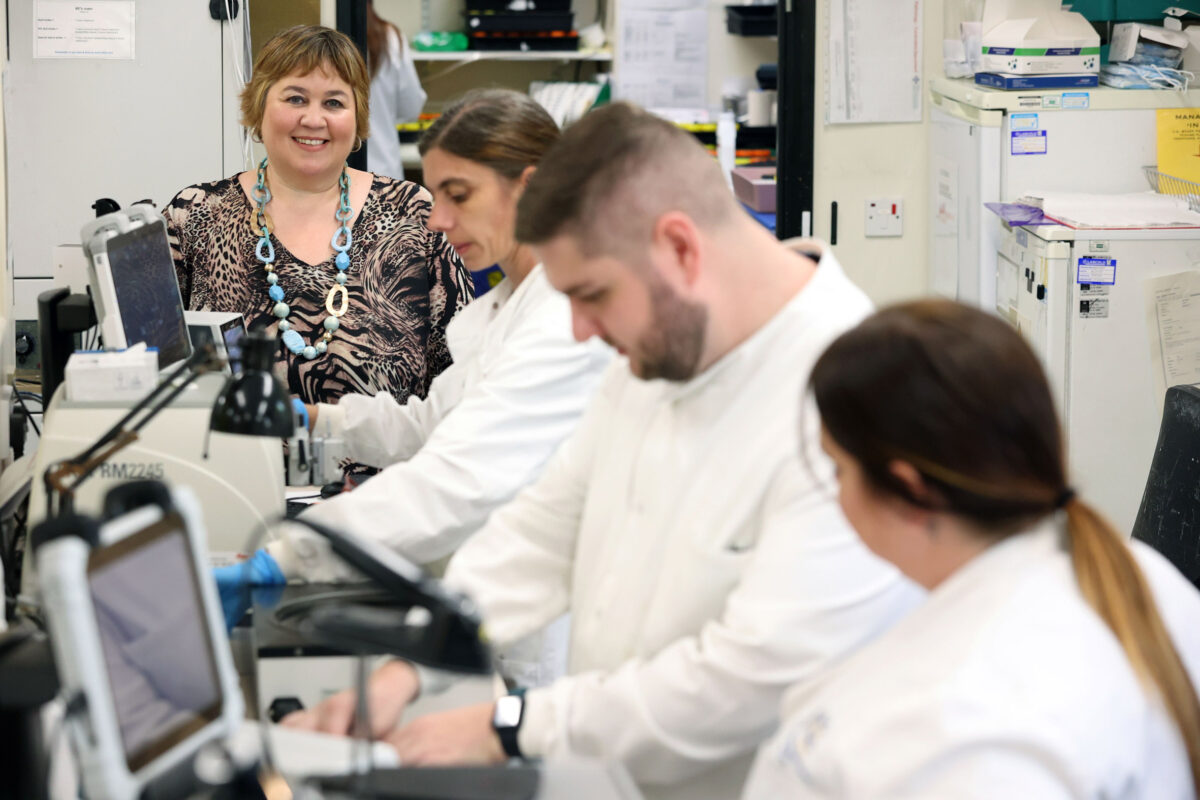Challenges and Opportunities: Navigating the End-Point Assessment (EPA) Process in Apprenticeships

Introduction
End-Point Assessments are a pivotal element in apprenticeships, serving as the final measure of an apprentice’s competency before they can be certified. While EPAs are designed to ensure that apprentices are fully prepared for their roles in the workforce, the process is not without its challenges. Apprentices, training providers, and employers alike face several obstacles in navigating the EPA process. However, with these challenges come opportunities for improvement and innovation in how apprenticeships are delivered and assessed.
So what are the challenges and how can these turn into positive ways of working?
Understanding and Preparation:
Challenge: One of the most significant challenges for apprentices is understanding what is required of them in the EPA. Unlike traditional exams, EPAs often involve a combination of practical assessments, interviews, and project work, which can be daunting for those unfamiliar with such comprehensive evaluations. Training providers may also struggle to adequately prepare apprentices if they lack clear guidance on the specific requirements of the EPA.
Opportunity: There is an opportunity to develop clearer, more detailed resources and training materials that outline the EPA process and expectations. This could include mock assessments, detailed guides, and workshops that simulate the EPA experience. Providers need to reach out to their EPAO to see what resources are available and how these can enhance the apprentices experience. Discuss with your EPAO and introduce at Induction so that the EPA is embedded throughout.
Consistency and Standardisation:
Challenge: Ensuring consistency in the assessment process is another major hurdle. While EPAs are designed to standardise the evaluation of skills across different providers, variations in how assessments are conducted can lead to inconsistencies. This can create disparities in outcomes, where some apprentices may pass or fail based on factors unrelated to their actual competency.
Opportunity: Strengthening the standardisation of EPAs through the development of industry-wide assessment criteria and more rigorous training for assessors can help mitigate this issue. The use of technology, such as digital assessment platforms, can also promote uniformity by providing standardised assessment tools and processes. Check what quality assurance processes your EPAO has in place and how they ensure consistency across their assessments and across assessors delivering the EPA.
Access to Resources:
Challenge: Not all training providers have equal access to the resources needed to prepare apprentices for EPAs. Smaller or less well-funded providers may struggle to offer the same level of support, such as access to high-quality learning materials, experienced mentors, or advanced equipment. This disparity can disadvantage some apprentices in the EPA process.
Opportunity: End-Point Assessment Organisations (EPAOs) can play a pivotal role in addressing the resource disparities faced by smaller or less well-funded training providers. By collaborating closely with EPAOs, these providers can access additional support and resources that can help level the playing field for their apprentices. EPAOs often have deep expertise in the skills and competencies required for successful EPAs. By forming partnerships, training providers can tap into this knowledge base to better prepare their apprentices. EPAOs can offer workshops, training sessions, and detailed guidance on the assessment criteria and processes, ensuring that all providers can offer high-quality preparation.
Timing and Scheduling:
Challenge: The timing and scheduling of EPAs can be challenging, especially in industries where apprentices are required to balance their work commitments with preparation for the assessment. Delays or inflexible scheduling with EPAOs can lead to increased apprentice anxiety and affect performance. Additionally, the unpredictability of work demands can make it difficult for apprentices to allocate sufficient time for EPA preparation.
Opportunity: Collaborating closely with EPAOs, training providers and employers can create opportunities to alleviate these pressures and optimise the assessment process. By working with EPAOs to introduce more flexible scheduling options, training providers can help apprentices better manage their time. This could involve offering a wider range of assessment dates or allowing apprentices to choose time slots that fit around their work commitments. Flexible scheduling can significantly reduce stress and help apprentices approach their assessments with greater confidence. Work with an EPAO that offers flexible scheduling and has reduced waiting times when gateway has been passed.
Stress and Pressure:
Challenge: The high stakes of EPAs can lead to significant stress and pressure on apprentices, particularly if they feel underprepared or are unsure of what to expect. This stress can negatively impact their performance, leading to results that may not accurately reflect their true abilities, or even them not turning up for their EPA at all.
Opportunity: Mental health and well-being support should be an integral part of the apprenticeship journey, particularly as apprentices approach their EPA. Training providers can incorporate stress management and exam preparation techniques into their deliver. Additionally, work closely with EPAOs to ensure that all resources for preparation take into consideration well-being of the apprentice. Providers must also ensure any reasonable adjustments are identified early in the apprenticeship to then work with the EPAO ready for the apprentice to sit their EPA with the correct support in place.
Feedback and Continuous Improvement:
Challenge: After the EPA, apprentices and training providers may receive limited feedback, making it difficult to understand areas of strength and where improvement is needed. This lack of detailed feedback can hinder continuous improvement in both the apprentice’s development and the training providers effectiveness.
Opportunity: Establishing more collaborative feedback models between training providers and End-Point Assessment Organisations (EPAOs), there is a significant opportunity to enhance the learning experience and drive programme effectiveness. By adopting collaborative feedback models, training providers and EPAOs can transform feedback from a one-time event into a dynamic, continuous improvement process. These alternative approaches foster deeper understanding for apprentices, more effective training programs, and stronger alignment between training outcomes and industry needs. This partnership ultimately ensures that apprentices not only succeed in their EPAs but also carry forward valuable lessons into their careers.
In Summary:
Navigating the End-Point Assessment process in apprenticeships presents several challenges, but these challenges also offer opportunities for significant improvement in the way apprenticeships are structured and delivered. By addressing these obstacles head-on—through better preparation resources, standardised assessment processes, equitable access to resources, flexible scheduling, mental health support, and comprehensive feedback—training providers and employers can help ensure that apprentices are not only prepared for their EPAs but also set up for long-term success in their careers. Providers and EPAOs working in close partnership and understanding how each partner can enhance the apprentices’ journey can not only lead to higher achievement rates but also a better apprenticeship and EPA experience for everyone.
By Nikki Juffs, Managing Director, Advance EPA











Responses